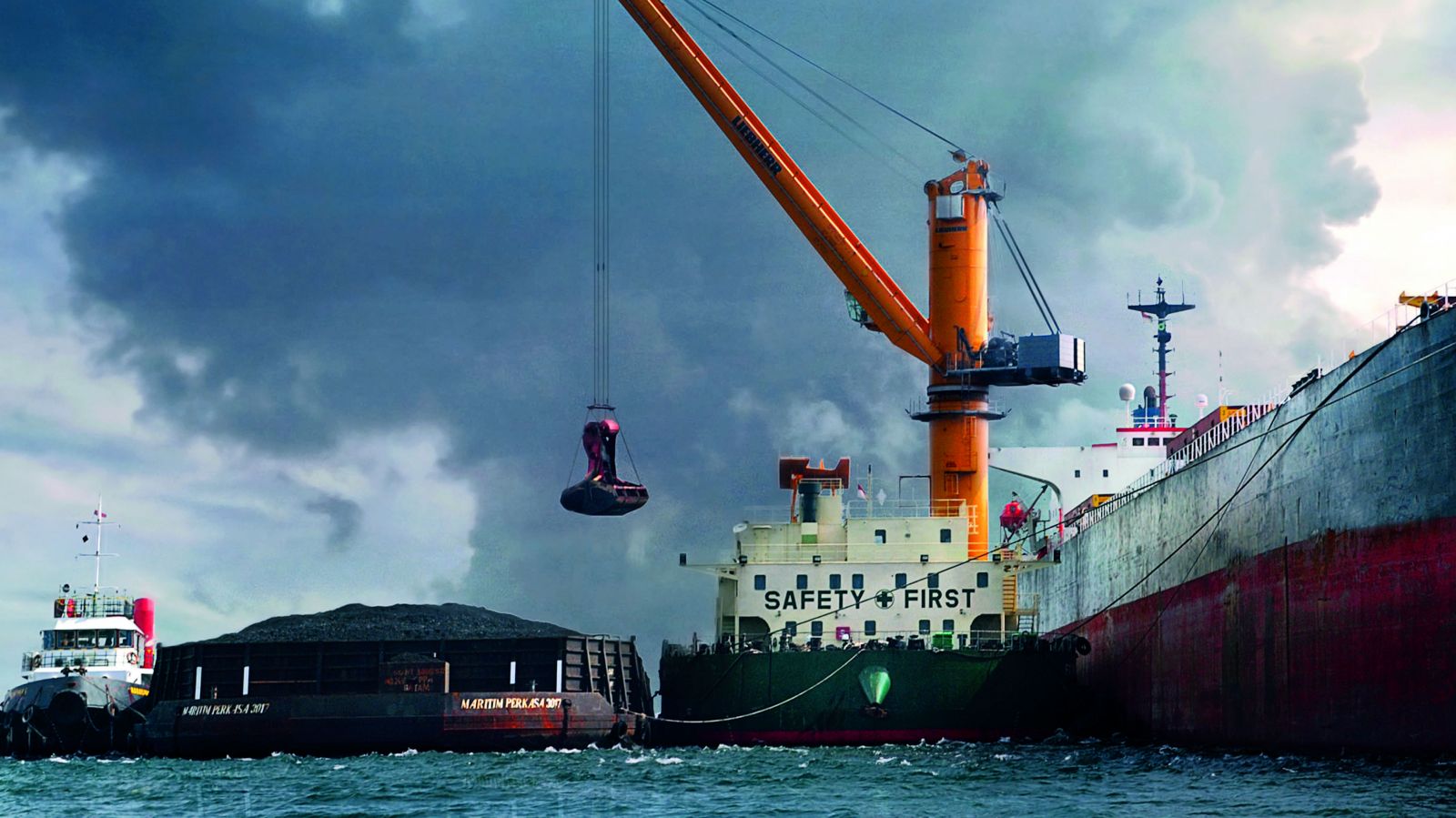SOLAS Amendments Agreed for Onboard Lifting

After more than eight years work, IMO member states have agreed there is a need for an amendment to the Safety of Life at Sea (SOLAS) Convention covering onboard lifting appliances – cranes, loose gear and winches.
This month’s meeting of the Maritime Safety Committee saw a majority of member states in favor of amending the SOLAS convention to include requirements for lifting equipment, a proposal led by Maritime New Zealand delegates.
A SOLAS regulation will be developed around the design, construction and installation of onboard lifting appliances. In addition, these types of equipment will be maintained in accordance with guidelines that will also be developed to cover design, fabrication and construction; onboard procedures for routine inspection, maintenance and operation of lifting appliances and winches; and familiarization of ship's crew and shore-based personnel.
Maritime New Zealand staff have been striving since 2007 to get this work started after recording 334 incidents at New Zealand ports on foreign-flagged vessels between 2000 and 2007, of which 64 involved ships’ lifting appliances. Eighteen of these incidents involved serious injury.
Concerns about lifting gear on foreign-flagged vessels prompted a focused inspection campaign and the results were presented in 2007 to the IMO’s Maritime Safety Committee which instructed New Zealand to submit a request for a new work program item.
In 2011, New Zealand successfully co-sponsored a proposal to add a work program item to the IMO agenda to develop requirements for construction and installation of onboard lifting appliances. Successful lobbying of members states on the issue by Maritime NZ resulted in this month’s outcome.
“Failure of ship cargo handling appliances puts stevedores at risk, as well as the crew of foreign ships handling cargoes in NZ ports. New Zealand imports and exports are also at significant risk of damage due to lifting appliance failure, and this work will help reduce that risk. It is likely to take several years to finalise the changes to SOLAS but we have made a significant step in the right direction,” said Maritime NZ Director Keith Manch.
Since January 2013, seven incidents involving lifting equipment have occurred in New Zealand ports with one resulting in a significant injury to a ship’s crew member.
Offshore Crane Notation Introduced
Separately, classification society RINA has launched new standards for cranes which will be used for transhipment of bulk cargoes at sea and has completely revised and rebased its rules for offshore cranes used in offshore construction, service and demolition.
Under the new rules for lifting appliances, RINA has split the requirements for specific crane types (ship, offshore and transhipping) into free-standing sections to make the rules more user-friendly.
The new RINA rules for transhipment cranes provide for a specific notation, CARGO HANDLING, which takes into account both static and dynamic loads on transhipment cranes used on vessels transhipping bulk cargoes in open waters, and also details how these are related to structural requirements for the vessel and crane and to the operating envelope.
RINA’s revised rules for offshore cranes have been based on European Standard EN 13852, which takes a different and more modern approach to commonly used offshore crane standards. This allows for a more structured approach to offshore crane certification.
Dino Cervetto, Director of Technical Services, RINA Services, says, “There is a gap in the market for standards for transhipment cranes. RINA’s new rules contain an operational chart which will allow operators of floating transhipment terminals to widen the weather window in which they can work. It also takes into account the specific wave height and orientation of the terminal. Cranes certified under this new notation will be able to operate safely for longer and give more operational time to terminal operators without fear of breakdowns or overload conditions.
“RINA believes that there is a need in the offshore industry for a clear standard for floating cranes and cranes built onto OSVs which is based on European requirements.”
The first CARGO HANDLING notation has been assigned to the floating crane transhipment unit FC Asia Bella, built by China’s Chengxi Shipyard for the Indonesian owner Pt. Pelayaran Mitra Kaltim Samudera.
